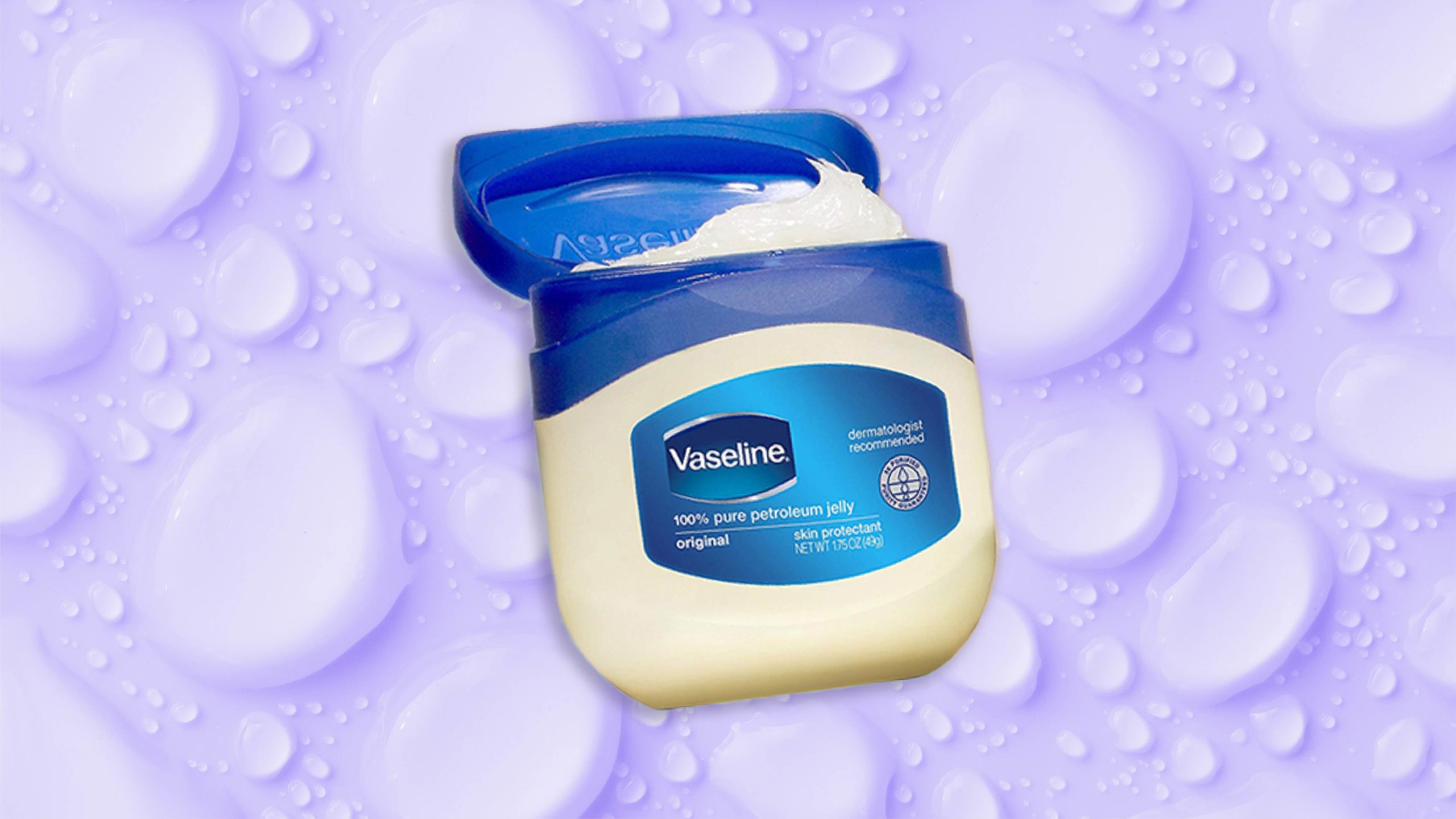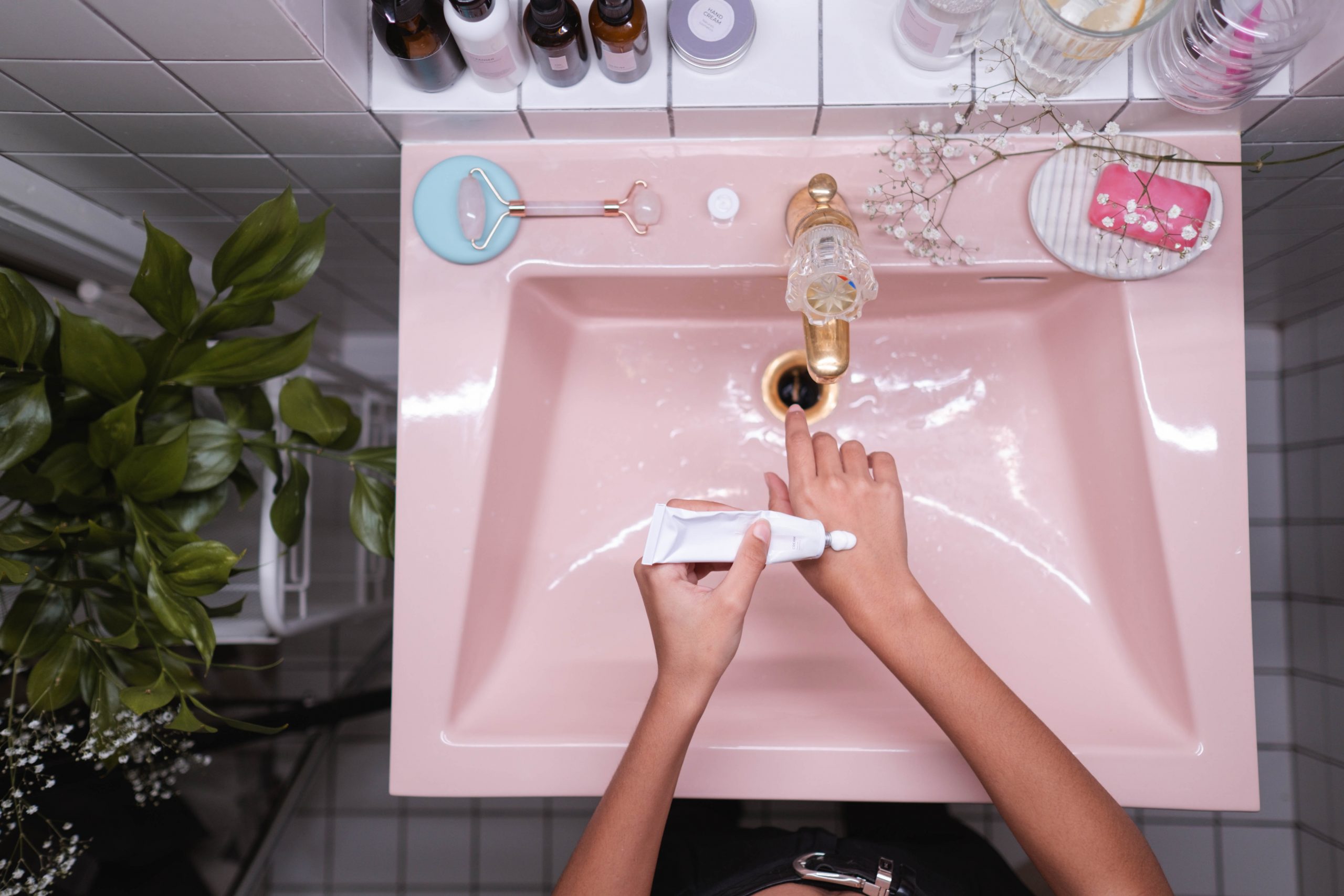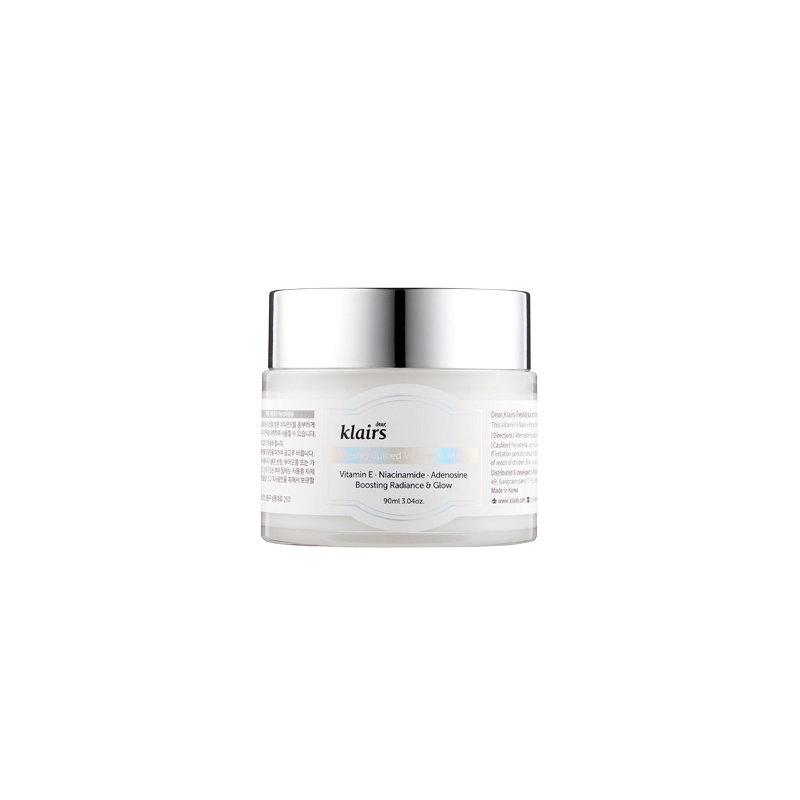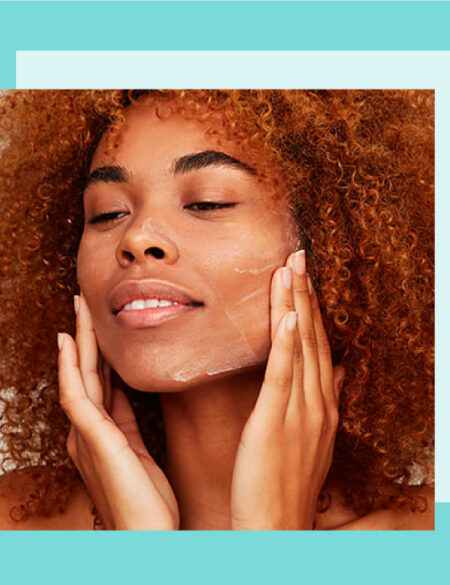One of our brave Klog team members tested using Vaseline as a moisturizer. Here are his results…
One of the dangerous things about Asian Beauty Reddit is that whenever I read about some product or ingredient that people are swearing by—even if I know with every fiber of my body that I shouldn’t use it—I too often get curious and give in.
Thus is the story of how I decided to try using Vaseline as my moisturizer. It seemed almost criminal, considering the love affair I’m having with the night cream I’m using right now, but hearing the promises of cleared acne, more hydrated skin, and immediate results, I let my curiosity get the best of me and dove in. Read below to discover my experience using Vaseline as a moisturizer.
Why I became interested:
I’ve been battling acne for years, and even after undergoing a full course of Accutane, my skin is still more sensitive and prone to breakouts than most. After all these years, you’d think I would become immune to the promises of products that miraculously end breakouts. But I still get excited, and even more curious.
So when I stumbled across the people raving about Vaseline as a moisturizer on Reddit, I couldn’t help myself. Here’s the deal: Basically, people swear Vaseline has helped alleviate acne, pigmentation, and dryness when it’s used as a sleeping pack or a nighttime moisturizer. Considering that I suffer from all the above, I was eager to see if it really worked.
Why I thought it could work:
I knew that, in a nutshell, Vaseline was an occlusive, meaning it works to keep moisture from leaving the skin. I was curious about exactly how it could help skin, so I reached out for some professional advice.
Joshua Zeichner, the director of cosmetic and clinical research at Mount Sinai Hospital, answered my questions head on. “Vaseline contains petroleum jelly which is an occlusive ingredient,” he says. “It forms a protective layer over the skin to protect and hydrate it. It can be particularly helpful in extremely dry skin, or if you have cracked or open skin such as on the elbows, heels, or knees.” So, sounded like it definitely had some great benefits, but it also sounded a bit intense for use on my face. That’s where the concerns come in.
Why I was hesitant:
I was most surprised when I read that people thought Vaseline was helping their acne fade, because with its heavy formulation, it seems like it would make more sense if it actually made it harder for acne to heal.
RELATED: Can You Use Baby Lotion as a Moisturizer?
“If you have oily skin or are acne prone, I would recommend a lighter ointment because the jelly may weigh the skin down,” says Zeichner. This is because Vaseline is a powerful occlusive to the point where it can actually make it harder for the skin to breathe. This means it’s more difficult for the skin to perform its natural breakout cycle and slough away dead skin cells, and the layer of Vaseline formed on the skin can trap bacteria.
What I liked:
I was hesitant, but also slightly optimistic, so I gave it a go. The first night, it just felt weird. Vaseline doesn’t sink into the skin like a normal lotion—it literally just creates a coat of jelly that sits on top of the skin. From that perspective, I didn’t like it. I love a cream that sinks into the skin and I can feel deeply hydrating my face. However, considering it was the last step in my routine, it was strangely nice. I had just used nine products before that all delivered serious hydration to my skin, and slathering on the Vaseline felt oddly satisfying, because I could really feel it sealing in all that moisture.
When I woke up the next morning, I was impressed. My skin didn’t feel dry at all, and it was clear that no moisture had been lost overnight. My skin was noticeably more hydrated and it didn’t seem like as many impurities had built up on my face. I accredited this to the protective layer the Vaseline had created.
Why I stopped using Vaseline:
I went into this week thinking I would test using the Vaseline every day. But after just a couple of days, I had to stop. The hydration was nice, but all the other bad effects were too much to keep it up.
Vaseline ended up doing exactly what I was concerned it would: Clog and block my pores. I had a few small active breakouts that with my normal routine would’ve cleared up in a day or two. However, topping them with Vaseline made them worse. To top it off, I actually developed two pimples on my forehead:
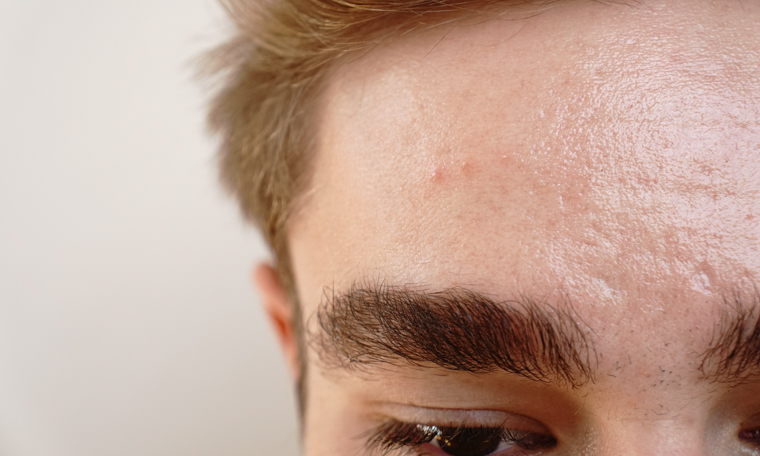
Aside from the breakouts, my skin was actually getting dryer. You see, although the Vaseline locked in the moisture from my steps, it wasn’t providing additional moisture to my skin. It was almost like going to bed without a moisturizer, because I didn’t feel it deeply hydrating my skin.
My recommendation:
At the end of the day, you can use a night cream or a sleeping pack that will give you the same benefits of Vaseline without the irritation, and with extra moisture. For example, the Enature Birch Juice Hydro Sleeping Pack is an overnight mask that’s formulated with birch juice and chamomile to heal and restore sensitive skin.
When I compare the nights I used Vaseline with the nights that I use a sleeping pack, my skin is noticeably more hydrated and clear after a sleeping pack. Plus, washing off the Vaseline in the morning was hard, and I often felt like I didn’t get it all off, but sleeping packs are formulated for this specific purpose, and they come off with just a swipe of my oil cleanser.
The bottom line:
While I can see Vaseline working for someone with extremely dry skin and no acne, I still don’t feel it’s the best option. And the science doesn’t lie—it’s a strong occlusive that will keep your skin from breathing freely. Thus, it still makes the most sense to go with a night cream or sleeping pack that can lock in the moisture without clogging and blocking the pores.


